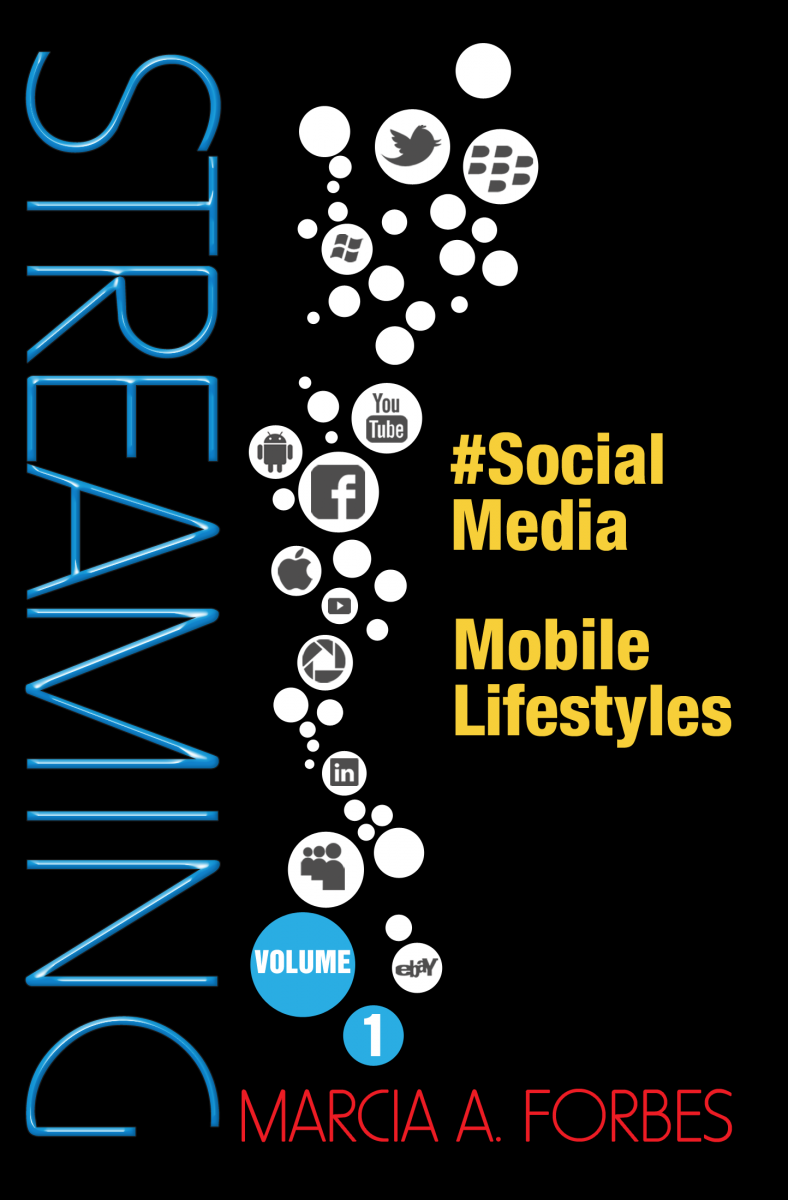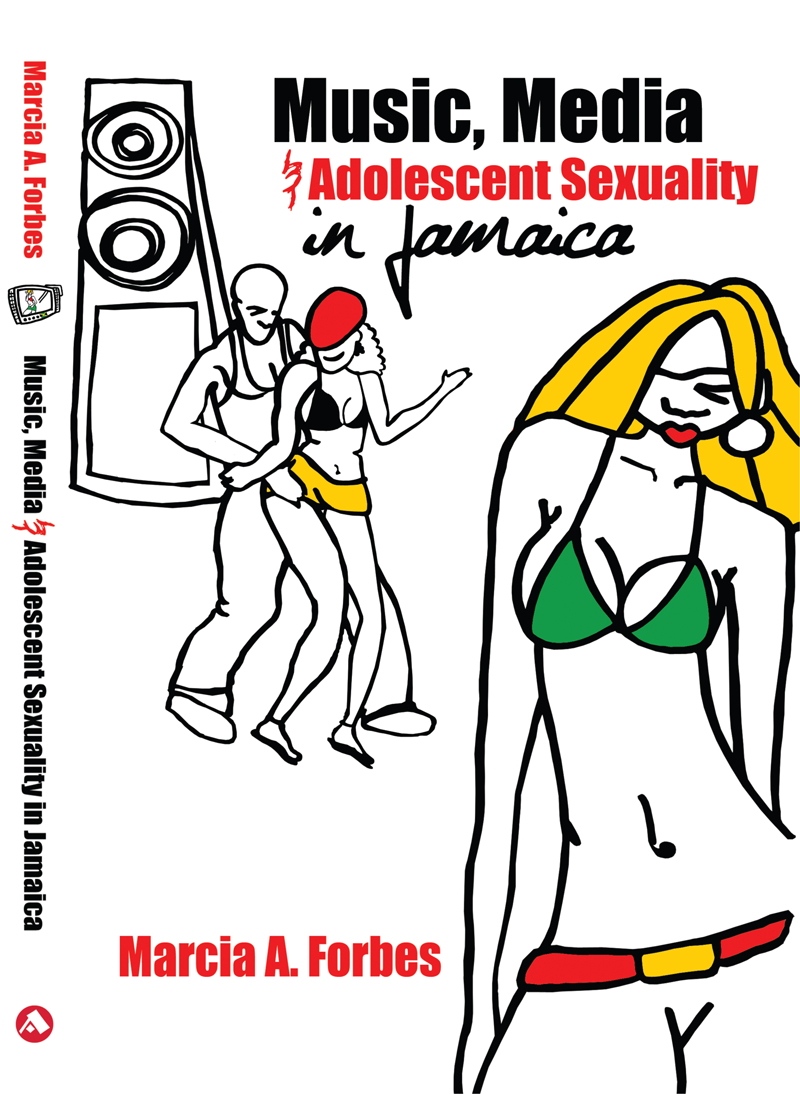Last week I noted that although weekend days (Fridays and Saturdays) showed strong viewership of music videos via local cable TV, overall, Sunday through to Saturday, it is via foreign cable TV that most heavy viewers watched. What are the implications of this heavy viewership of music videos via cable TV? This question is somewhat answered by examination of a number of other factors, including whether heavy viewers were more likely to watch any specific video genre via any particular transmission mode.
The survey established that the top three favourite music video genres for Jamaican adolescents were dancehall, hip hop and reggae, in that order for now. When I do get around to collapsing categories and including hip hop with rap, another picture may emerge. These three genres (dancehall, hip hop and reggae) were therefore specifically examined. Both dancehall and reggae music are indigenous to Jamaica while hip hop is primarily an American product.
In order to avoid the pitfall of technological determinism and since content is indeed King; the findings for the remainder of this article reflect transmission mode as the dependent variable. This means the mode by which they watched music videos is not regarded as causing the young people to watch any particular type of music videos. Rather, it is recognized that the types of videos that they most like to watch is what will determine whether they chose foreign cable, local cable or free-to-air TV, not the transmission mode in and of itself.
Throughout the week, Sunday to Saturday, foreign cable TV was the dominant mode via which adolescents watched hip hop and dancehall music videos, 53% and 40.2% respectively. Fewer adolescents watched these videos via local cable TV channels (hip hop 12% and dancehall 20.5%). Reggae music videos were more likely to be watched on local free-to-air television stations (36.6%) than via foreign cable TV (33.8%), but only marginally so. Reggae videos were far less likely to be watched via local cable channels (16.9%).

Any comparison of the transmission modes for music videos needs to take into consideration the fact that free-to-air television stations such as TVJ and CVM, have limited airtime to devote to videos. This is unlike cable TV where several channels can be entirely devoted to this programme genre. The fact that reggae music videos were more watched via free-to-air TV than via any form of cable TV is therefore noteworthy. This is especially so when placed in the context of the way in which adolescents seem to regard reggae videos as inspirational and motivational as reflected in their opinions:--
“Some of them videos help to push you, motivate you”
“If a ghetto yout’ was supposed to watch those videos
and listen to the lyrics, it would kind of educate them”
“I will listen to Anthony B and Sizzla…their videos
show some of the struggles that poor people are
going through…and try to highlight that for the
public to see that it’s not easy sometimes.”
“When I see Bob Marley’s music videos I would think
that we have been thus far from what we were before,
during slavery days.”
This compares to dancehall videos which, although more loved by the young people, are seen as mainly designed to create hype and bring on the dancing vides. It’s clear from other findings that dancehall videos bring on much more than hype or dancing vibes!! As one respondent noted,
“Some of the dancehall videos they sorta advocate
the sexual abuse of women.”
Based on some of these findings it would be useful for the operators of local cable channels such as Hype and RETV to review their programming strategies. Isn’t there a place to justify playing more reggae music videos on these channels in view of their acknowledged usefulness to Jamaican adolescents? Do we always just want to get ‘jiggy’ and dance? Although admittedly this is better than the violence message previously dominant in dancehall as noted by one young boy:--
“Joy inna dancehall now, like dancin’, no fightin’ inna de dance.”
The extent to which Jamaican adolescents watched their favourite music videos on foreign cable TV cannot be underestimated. There are several socio-cultural implications. Even when music which is indigenous to Jamaica is involved and even if the videos are produced in Jamaica, by virtue of the transmission of these music videos via US cable channels such as BET and MTV (the popular ones among Jamaicans), they become embedded in a US television aesthetic which is rife with consumerism and voracious acquisitiveness.
The Jamaican adolescent who watches music videos via foreign cable channels therefore gets a double whammy of these values, from the music videos themselves plus from the surrounding content in which these videos are embedded. Jamaican adolescents who spend a great deal of time watching music videos via foreign cable TV have greater opportunities to become more fully immersed in the content—images, lyrics, rhythm, values and attitudes—of the videos transmitted via this mode as well as of whatever other content leads in to and out of them on the foreign channels. Sometime soon in another article I will discuss the possible benefits as well as the disadvantages of this as it pertains to number of sexual partners and condom use by our adolescents.
Almost a half (49%) of the adolescents who would like the lifestyle of the men they see in music videos watched mainly via foreign cable TV, compared to only 13.9% via local cable TV. The majority of those who said ‘yes’ to the lifestyle of females in music videos also mainly watched via foreign cable TV, 40.1% compared to only 19% who watched via local cable channels. This supports the
Interestingly also, boys mainly wanted to look like the men in their favourite music videos seen on foreign cable TV (46.3%) as opposed to those watched on local cable TV (6.3%). Jamaican girls were also more attracted to their own gender in music videos aired on foreign cable TV (48.5%) rather than those via local cable channels (17.5%).
Adolescents who are heavy viewers of music videos watch mainly via foreign cable TV channels. Those with access to this technology may be enticed to spend more time with television in view of the seductive nature of its multi-channel offering. The high production value of the music videos produced oversees may be another inducement. Clever lighting and special effects combined with creative editing and talents who look and act their roles are much admired by Jamaican adolescents. Their strong desire to look like and emulate the lifestyle of those they see in the music videos aired on foreign cable TV channels has socio-cultural and economic implications. These desires raise issues of personal and national identity versus the allure of the American Dream.
The research findings suggest the need for a more sensitive approach to the placement of music videos on television in general, whether cable or free-to-air. Establishing similar rules and regulations for the scheduling and transmission of music videos regardless of their delivery mode is practical. The prevailing argument that because consumers pay to access cable TV these systems should be held to a lesser duty of care to children than free-to-air TV needs to be rethought. I also repeat my call to the local cable channel operators to reflect more meaningfully on the music videos they place on their channels.



